Septic Inspection Timing Guide
Septic inspections are essential for maintaining the health and functionality of a septic system. Regular inspections can identify issues early, preventing costly repairs and system failures. The optimal timing for inspections depends on usage patterns, system age, and seasonal factors. Typically, inspections are recommended before periods of increased usage, such as holiday seasons, or during routine maintenance schedules.
Perform inspections every 3 to 5 years to ensure proper system operation and compliance with local regulations.
Inspect newly installed systems within the first year to verify correct setup and functioning.
Conduct inspections before periods of high water usage, such as summer or winter holidays, to prevent system overloads.
Inspect following heavy rains or flooding to assess potential damage or infiltration issues.
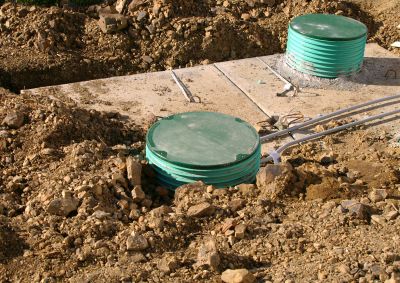
Ways to make Septic Inspections work in tight or awkward layouts.

Popular materials for Septic Inspections and why they hold up over time.
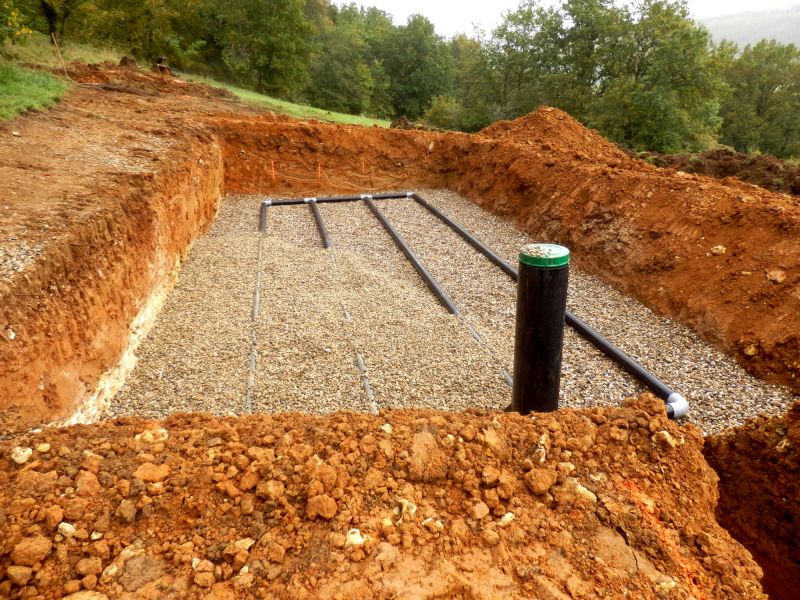
Simple add-ons that improve Septic Inspections without blowing the budget.
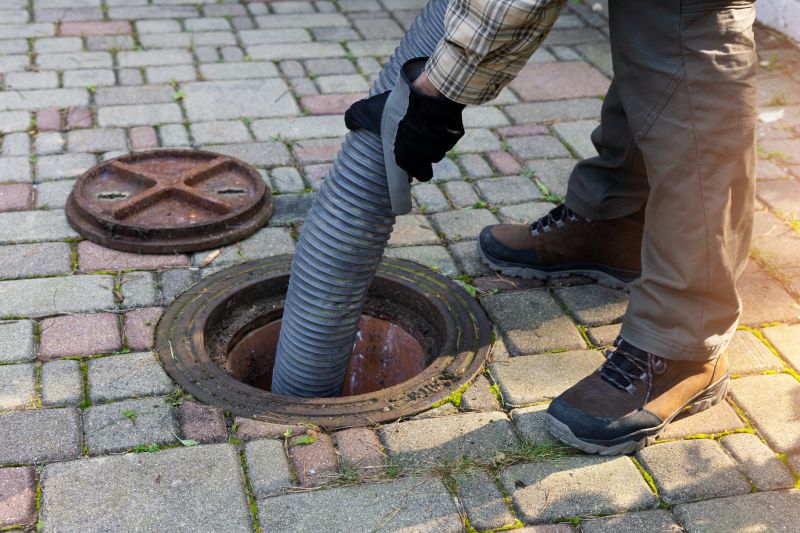
High-end options that actually feel worth it for Septic Inspections.

Finishes and colors that play nicely with Septic Inspections.
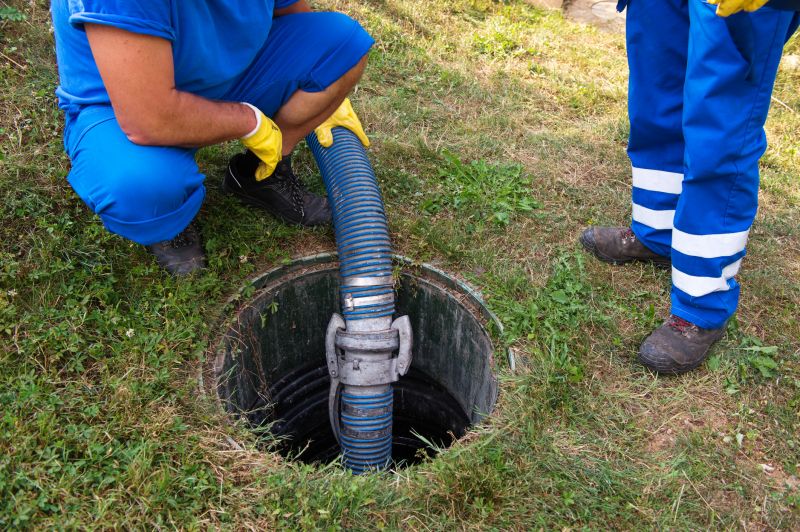
Little measurements that prevent headaches on Septic Inspections day.
Septic inspections involve evaluating the condition of the septic tank, drain field, and associated components. Properly timed inspections help extend the lifespan of the system, reduce the risk of environmental contamination, and ensure compliance with local health standards. The frequency of inspections may vary based on system size, household size, and usage intensity. Typically, a professional assessment includes checking sludge levels, inspecting for leaks, and evaluating soil absorption capacity.
| Inspection Timing | Key Considerations |
|---|---|
| Routine intervals | Every 3-5 years for regular maintenance |
| Post-installation | Within the first year after installation |
| Pre-high usage seasons | Before summer or winter holidays |
| After weather events | Following heavy rains or flooding |
| Signs of malfunction | When experiencing odors or backups |
| Property transfer | During real estate transactions |
| System upgrades | Before system modifications or expansions |
| Seasonal changes | In spring and fall for soil and system assessment |
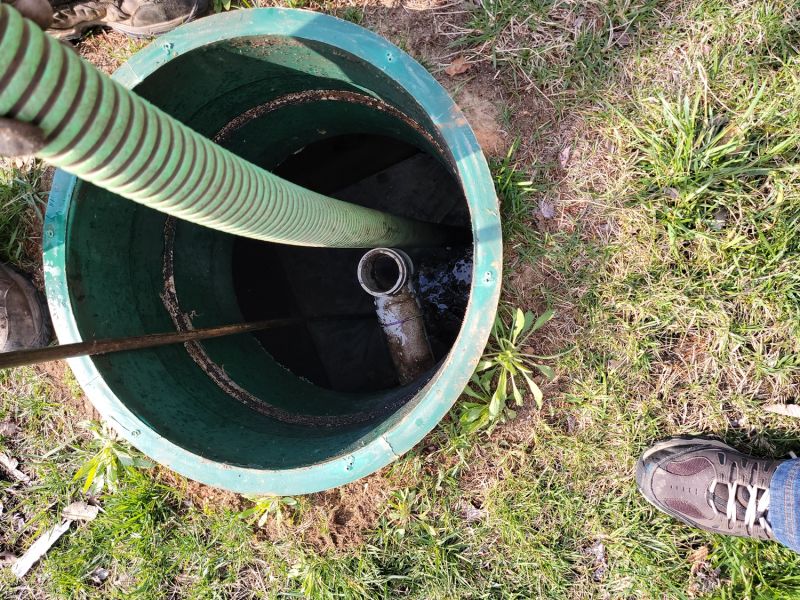
A 60-second routine that keeps Septic Inspections looking new.

A frequent mistake in Septic Inspections and how to dodge it.
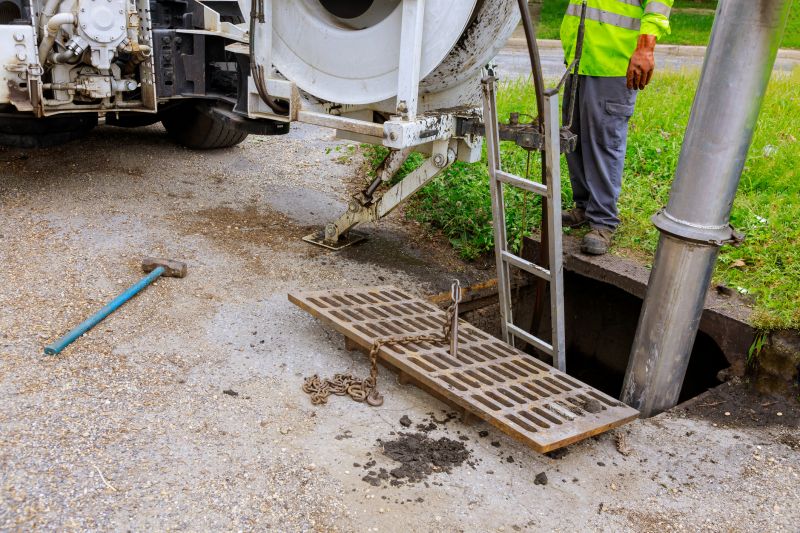
Small tweaks to make Septic Inspections safer and easier to use.
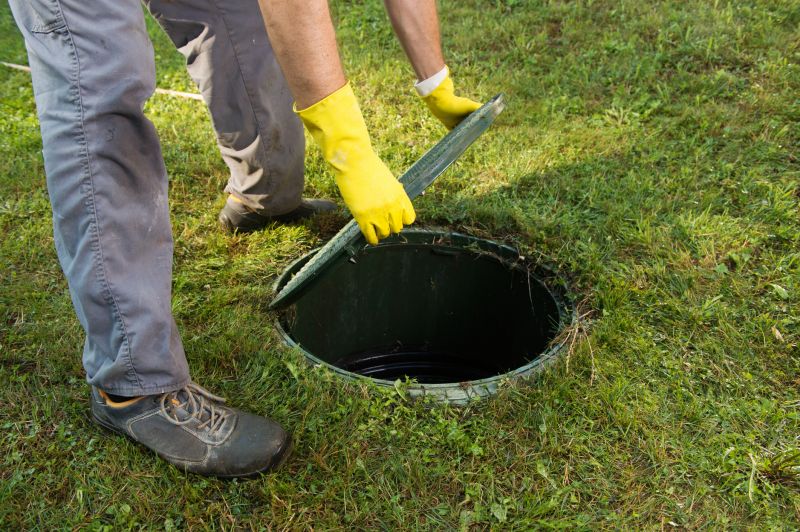
Lower-waste or water-saving choices for Septic Inspections.

The short, realistic tool list for quality Septic Inspections.

Rough timing from prep to clean-up for Septic Inspections.

Quick checks and paperwork to keep after Septic Inspections.

Examples that show the impact a good Septic Inspections can make.
Timely septic inspections are crucial for preventing system failures and environmental hazards. Regular assessments can detect early signs of deterioration, allowing for maintenance that extends the system's lifespan. Understanding the appropriate timing and conducting inspections at recommended intervals ensures the system functions efficiently and reduces long-term costs. Proper maintenance and inspection practices are vital components of responsible property management.

Ways to make Septic Inspections work in tight or awkward layouts.
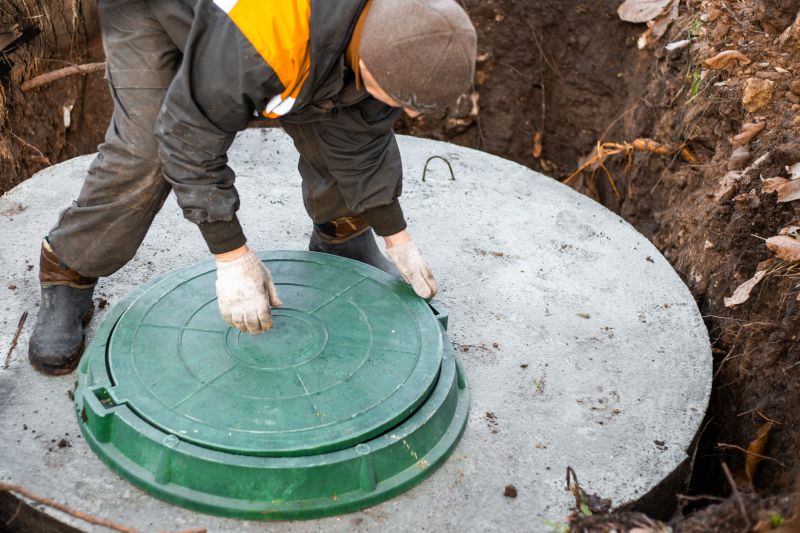
Ways to make Septic Inspections work in tight or awkward layouts.

Ways to make Septic Inspections work in tight or awkward layouts.

Ways to make Septic Inspections work in tight or awkward layouts.

Ways to make Septic Inspections work in tight or awkward layouts.
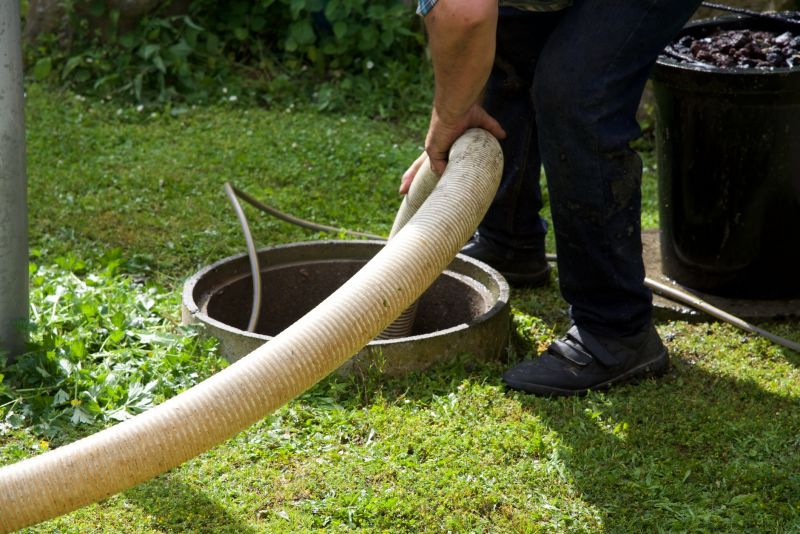
Ways to make Septic Inspections work in tight or awkward layouts.
Interested parties are encouraged to contact for further information or to schedule a septic inspection. Regular inspections contribute to system longevity, environmental safety, and compliance with health standards. Proper timing and professional evaluations are essential for maintaining optimal system performance and avoiding costly repairs.



